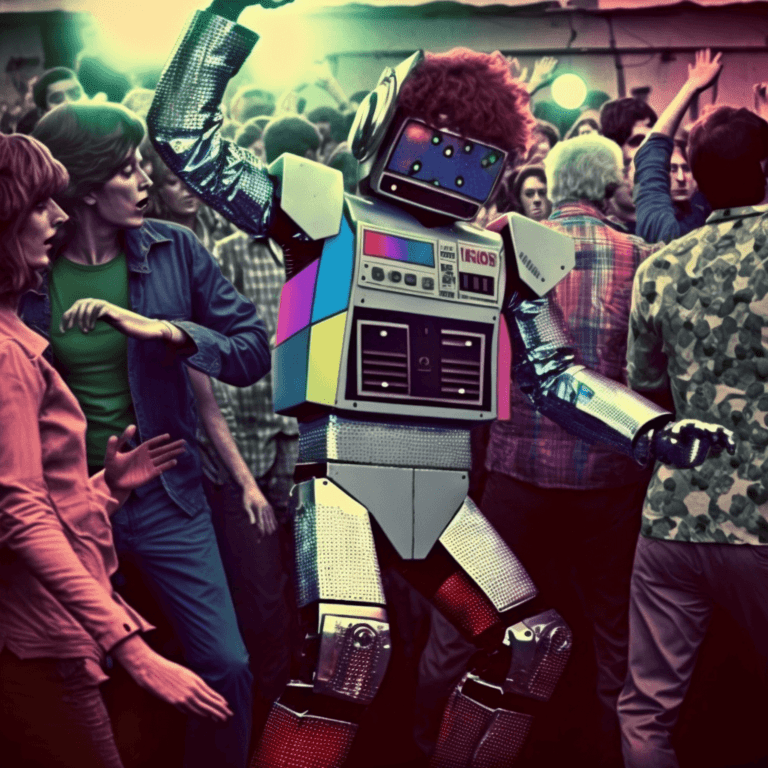Minor
In music, we have different scales, which are like a set of musical notes arranged in a specific pattern. One of the most commonly used scales is the Major scale. The Major scale has a bright and happy sound, often used in cheerful and upbeat songs.
On the other hand, the Minor scale has a slightly different pattern, giving it a different emotional feel. The Minor scale often evokes emotions such as sadness, mystery, or introspection, making it suitable for expressing more somber or dramatic feelings in music. You might have noticed that many sad or melancholic songs are written in a Minor key.
So, what’s the difference between the Major and Minor scales? It all comes down to the arrangement of the notes. In a Major scale, the pattern of whole and half steps (musical distances between notes) goes like this: whole, whole, half, whole, whole, whole, half. In contrast, the pattern for the Minor scale is: whole, half, whole, whole, half, whole, whole.
In addition to the scale, “Minor” can also refer to the tonality of a piece of music. When a song or composition is in a Minor key, it means the notes and chords used in the music follow the pattern of the Minor scale. This helps create the specific mood and atmosphere the composer wants to convey.
Sometimes, you might come across chords labeled as “Minor” (e.g., C minor, A minor, G minor, etc.). These chords are built from the notes of the Minor scale and contribute to the overall melancholic or pensive vibe of the music.

So what’s this site all about anyway?
Well, if you ever find yourself needing music for anything – a YouTube video, a podcast, a school project, a presentation, TV commercial or even a film – then browse, preview and download any of our tracks





